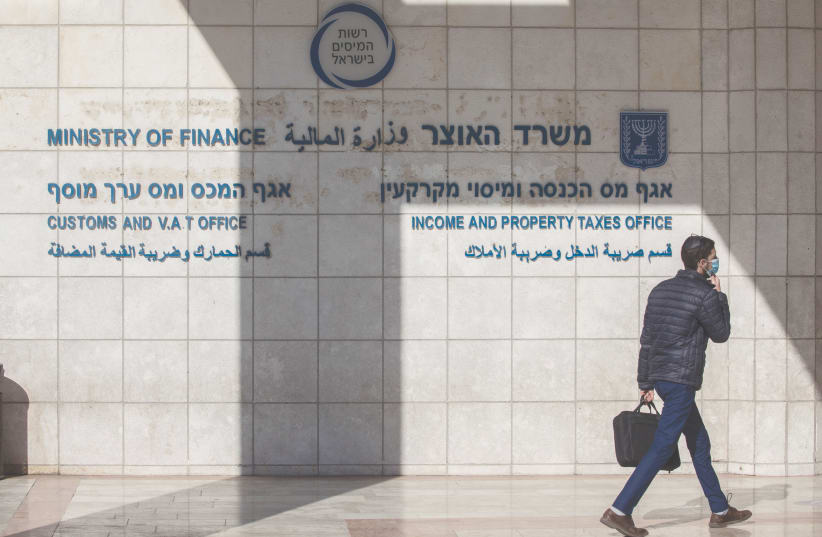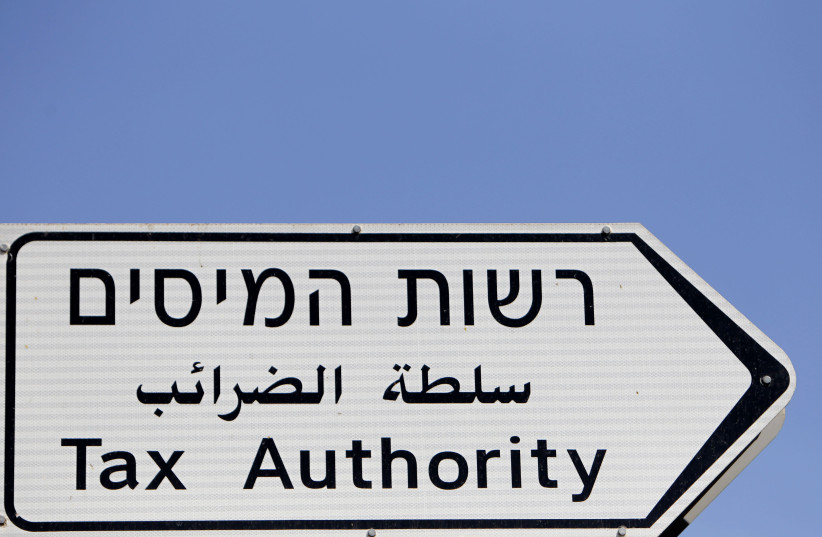In the interests of world tax certainty, the OECD on February 1 introduced us to MoMA, which is apparently short for Manual on the handling of multilateral Mutual Agreement Procedures (MAPs) and Advance Pricing Arrangements (APAs).
Multilateral
justice for all?
MoMA’s purpose is to save your tax skin from multiple taxation if you are a multinational group doing business in umpteen countries and find yourself in a tax dispute. If Country A wants to tax more income, will Countries B to Z tax less income or give you double tax relief?
Until now, this was difficult, as most tax treaties are bilateral and not multilateral. MoMA doesn’t actually prescribe anything new, but it presents current “best” practice for resolving multilateral tax disputes under tax treaties that follow the OECD Model Convention.
Stretching
the authority
The OECD cites Article 25 of its Model Tax Convention, which most bilateral tax treaties follow. Article 25(1) allows a person present his case within three years to the tax authority of “either country” if an action will result in taxation not in accordance with a treaty. That tax authority shall them endeavor to arrive at a satisfactory solution or resolve the case by mutual agreement with the other tax authority, under Article 25(2).
Article 25(3) allows tax authorities to consult together for the elimination of double taxation in cases not provided for in the treaty.
MoMA expands this to allow tax authorities to consult the tax authority of any other country. In this way, multilateral tax negotiations are facilitated just about legally, not just bilateral tax negotiations. To avoid problems of taxpayer confidentiality, taxpayers need to address their request for mutual consultation to every country’s tax authority and to provide each with all relevant information.
How it works
In a multilateral MAP case, once a taxpayer submits a complete application for mutual agreement on date X, the “illustrative target timeframe” is:
X+four weeks for the tax authority approached to notify other tax authorities;
X+two months for them to decide on the admissibility of the request;
X+three months to decide if an objection is justified or whether a unilateral solution is possible;
X+12 months for a first position paper from a tax authority (i.e., nine months to prepare it);
Six months for a response position paper;
Two to four weeks before a meeting to conclude position paper exchanges;
X+36 months: mutual agreement between the tax authorities;
Taxpayer approval of mutual agreement, closing letters, implementation – as soon as possible!
In a multilateral
APA case
X+four weeks to for the tax authority approached to notify other tax authorities;
X+three months for them to decide on the admissibility of the request;
X+four months to prepare a project plan;
X+six months to gather information;
X+12 months for a first position paper from a tax authority (i.e., six months to prepare it);
Six months for a response position paper;
Two to four weeks before a meeting to conclude position paper exchanges;
X+36 months: mutual agreement between the tax authorities;
Taxpayer approval of mutual agreement, closing letters, implementation – as soon as possible!
Context
MoMA is considered vital if the OECD’s recent initiatives for reforming international taxation are to succeed.
These OECD initiatives include Pillar 1 (profit shifted back onshore) and Pillar 2 (15% minimum tax) for large multinationals as well as the Multilateral Instrument (MLI – tighter permanent establishment rules) for multinationals of all sizes.
Pros and cons
Pros: If the OECD initiatives succeed, global tax revenues should greatly increase in many countries.
Cons: Unfortunately, when it comes to resolving tax disputes, MoMA has many drawbacks.
MoMA is NOT a tax tribunal system that issues verdicts; it is a talking shop for tax authorities that may or may not result in a written agreement with the taxpayer group. MoMA is not binding on anyone. Taxpayers must be prepared to compromise. Tax authorities are expressly allowed to talk about you behind your back (some of the time) and tell you what they want.
If you do reach an agreement with any of the tax authorities, it could take three years if you are lucky and longer if you are less lucky. This is sure to cost something in professional fees. Small start-ups and new exporters are likely to be deterred by the cost and bureaucracy. In short, the OECD’s stated aim of “enhancing tax certainty” on the front cover of MoMA looks like a tall order.
All this delay and uncertainty does NOT bode well for global business.
As always, consult experienced tax advisers in each country at an early stage in specific cases.
leon@h2cat.com
The writer is a certified public accountant and tax specialist at Harris Horoviz Consulting & Tax Ltd.


